Repairs vs. Improvements: How to Classify Business Expenses
October 20, 2025
A leak has been discovered in your business's warehouse. As you work to fix it, you uncover numerous holes throughout the entire waterproof membrane. What started as a small repair project now involves replacing the entire roof membrane. While you might not have been considering the tax implications of this repair turning into a major renovation, the IRS certainly is.
Repairs vs. Improvements
The classification of the new waterproof membrane as either a repair or an improvement affects when you can deduct the cost for your business. Repair expenses can be deducted immediately in the year they occur, while improvements must be capitalized and expensed over time according to IRS depreciation guidelines. Differentiating between repairs and improvements can be complex, so the IRS provides criteria and guidelines to help. Taxpayers can either apply a facts and circumstances test to determine the classification or use IRS-provided safe harbors to decide which expenditures to capitalize or expense.
Unit of Property
The first step in applying the facts and circumstances analysis is to determine the unit of property to be used to apply the rules. For buildings, the unit of property analysis applies to the building structure and each of the key building systems, such as plumbing, electrical, HVAC, elevator, escalator, fire protection, gas distribution, and security systems. For non-building property, all the components that are functionally interdependent comprise a single unit of property. Once you have determined the unit of property, you must then decide if the expenditures would be classified as a capital improvement or a repair.
Capital Improvements
Capital improvements add value, prolong the property's life, or adapt it to a new use. Improvements are amounts paid for activities that result in any of the following:
- A betterment to the property, which includes fixing a material condition or defect, making a material addition, or materially increase productivity, efficiency, strength, quality, or output.
- A restoration of the property, which involves replacing a component for which a loss was deducted, returning the property to its ordinarily efficient operating condition, rebuilding to a like-new condition, or replacing a major component.
- An adaptation of the property to a new or different use, which refers to modifying the property for a new or different use that is inconsistent with its original use.
Examples include adding a new HVAC system, building an extension, or converting a manufacturing building into a showroom.
For our hole-infested roof membrane, we can also apply our own facts and circumstances test. Replacing the membrane with the same material as before would not materially increase its productivity or efficiency. The fact that there were several holes beforehand that went unnoticed would show that there was no material defect or inefficiency beforehand and no betterment has occurred.
Replacing a roof covering, which is not a major component of a roof, would not meet the definition of a restoration. Most building structures continue to function even with some problems such as leaks or exterior damage, as in our case. At some point, however, the damage becomes ample enough to impede normal functions, and repairs would need to be capitalized as a restoration.
In order to be considered an adaptation there would need to be a new use for this roof membrane, which would require some level of creativity. Failing all of these tests, the roof membrane replacement would fall under regular and ordinary repairs.
Repairs
Unlike capital improvements, repairs are generally expenditures to maintain property in an ordinary efficient operating condition and do not add significant value to the property. These costs can be expensed as part of ordinary expenses in the year in which the repairs occurred. In simple terms, repairs can be grouped into two broad categories:
- Routine maintenance: includes regular and ongoing activities necessary to maintain property in good and efficient working order. Expenses that qualify under the routine maintenance safe harbor (see below) are currently deductible regardless of cost as an ordinary expense.
- Small-scale improvements: are costs that improve a property but do not significantly extend the property's useful life or add substantial value. Examples include tasks such as repainting walls, cleaning carpets, and various other types of routine repairs, maintenance, and small improvements.
Safe Harbor
Going through a facts and circumstances test above can be burdensome for some taxpayers. To simplify the process, the IRS provides several safe harbors. These include the de minimis safe harbor election, which allows businesses to deduct small expenses, and the routine maintenance safe harbor, which covers regular maintenance costs. Additionally, there are specific safe harbors for small taxpayers and qualified retail and restaurant businesses.
The routine maintenance election is a one-time election that applies to all subsequent years, unlike the de minimis safe harbor that is elected annually. Routine maintenance includes inspection, cleaning, testing, replacing parts, and other recurring maintenance that keeps property in its ordinarily efficient operating condition. It is important that the expense cannot improve the unit of property or building structure or system. Maintenance is intended to fix regular wear and tear of property being used for its intended purpose, therefore maintenance performed shortly after purchase would not qualify. Activities are considered routine when the taxpayer reasonably expects to perform the activity more than once during its class life, such as replacing waterproof membranes within the life of a roof.
Conclusion
Understanding these distinctions can help you make informed decisions about your business expenses and ensure compliance with tax regulations. Your personal circumstances may change the facts and circumstances of this general guidance. Please call Larson & Company today at 801-313-1900 to schedule a meeting for assistance with your tax-planning needs. Larson and Company has developed a suite of services specifically to serve the needs of companies of all sizes in a wide range of industries.

Billie is a Tax Manager at Larson & Company. She specializes in tax preparation and planning for a wide variety of businesses.
LinkedIn

.png)



